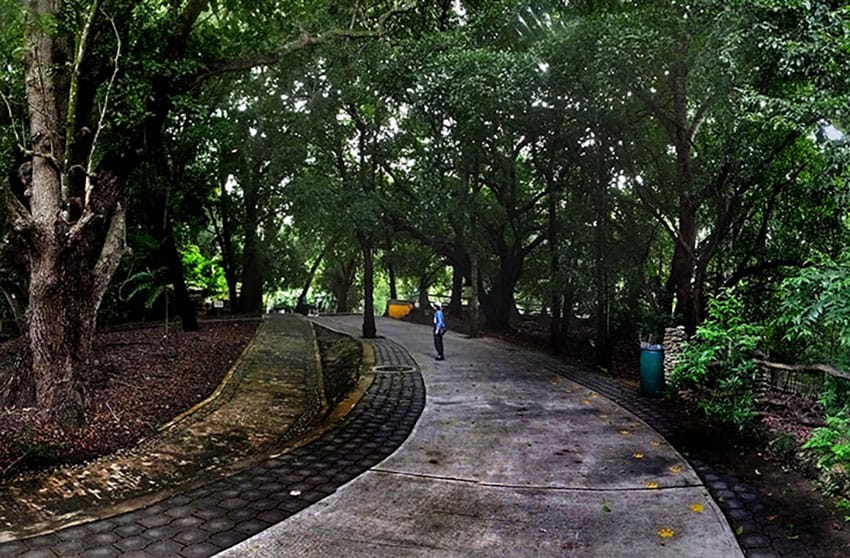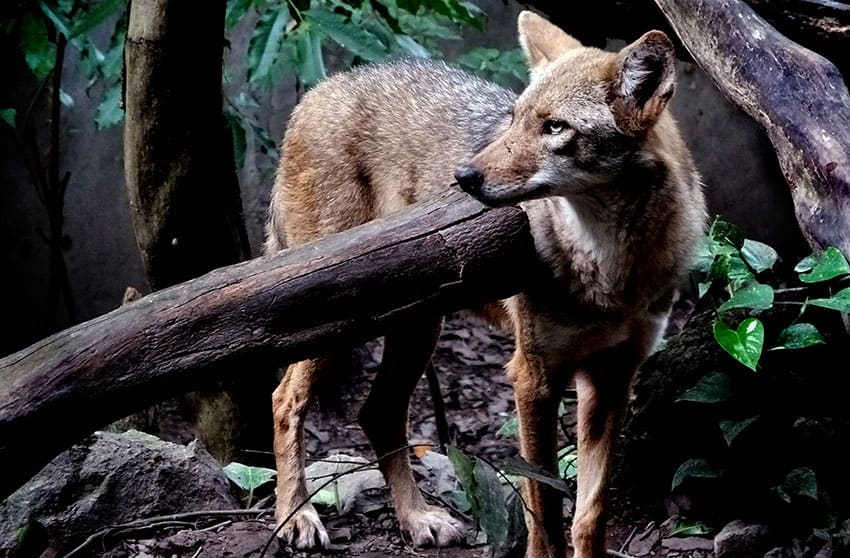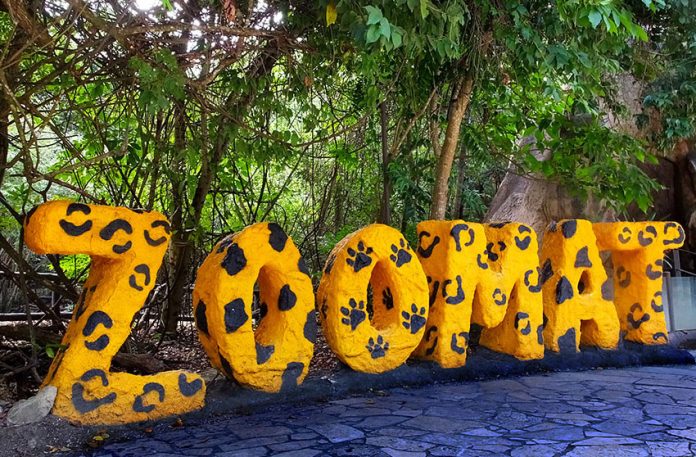I recently had a chance to visit the town of Tuxtla Gutiérrez, capital of the Mexican state of Chiapas. If you’re not quite sure where Chiapas is, it’s no wonder.
You see, Mexico is located in North America, but Chiapas is not. How this could be possible, I’m not sure, but to my surprise I discovered that Tuxtla is in Central America . . . and so was I!
The word Tuxtla, I learned, is a corruption of Tuchtlán, “The Place Where You Find Rabbits,” though I have yet to see one hopping along any of the streets I’ve visited. As for “Gutiérrez,” I asked numerous people who live here just who this individual was, and drew a blank every time.
At first I assumed Gutiérrez must have been a Spanish conquistador, but upon investigation I learned that Joaquín Miguel Gutiérrez Canales had been a military man who then served as governor of Chiapas off and on between 1830 and 1835, at which point he was apparently thrown out of office.

Here it must be mentioned that in those days Chiapas was a sort of break-away chunk of Guatemala and its inhabitants were facing three choices: a. join up with Mexico; b. stay with Guatemala; or c. go for independence.
Joaquín Miguel Gutiérrez was pushing for Chiapas to become a Mexican state, and even though he had lost his job as governor, he was undaunted in his crusade and went ahead to form his own guerrilla band. It was long thought that he was eventually killed in a battle, fighting for his cause. New information, however, has come to light regarding the demise of Gutiérrez.
Ricardo Cuéllar Valencia relates, in El Heraldo de Chiapas, that one day, in 1838, in an effort to raise funds, Gutiérrez sent men to Hacienda Santiago, owned by a certain Esteban Figueroa, demanding money, horses and cattle. Señor Figueroa was not at home, but his wife Cecilia told the men: “Go and take the animals, if you want, but as for the money, my husband Esteban keeps it hidden and I don’t know where it is.”
According to Esteban Figueroa’s great-grandson, says Valencia, the band of intruders then tied up Doña Cecilia, suspended her from a tree branch and beat her, but to no avail. At last they left her still hanging in the air and made off with all the hacienda’s animals.
When Esteban Figueroa came home and heard all the gruesome details from his wife, he gathered a large party of men and went off to the church in Tuxtla, where they found and shot Joaquín Miguel Gutiérrez.
The official version of his death, however, showed Gutiérrez dying in battle for the cause of Mexicanization, and in 1848 his paternal surname was added to the name of the capital.

Having thus learned a tiny fraction of Tuxtla’s history, I wanted to have a look around and decided to head for the local zoo which, I understood, had been called, back in 1979, “The Best Zoo in Latin America,” far ahead of its time in respect to treating animals decently.
Well, I was not disappointed. Zoológico Regional Miguel Álvarez del Toro, affectionately known as ZOOMAT, struck me as quite unusual, first because every single one of its 1,600 animals is native to Chiapas. Then there is its location. Most zoos I’ve seen look as if their architects started with a flat, featureless plot of ground which was subsequently landscaped.
Here in Chiapas, however, you have jungle everywhere and it appears they chose one of their finest tropical forests, put in paths and transformed it into a zoo so beautiful that a walk through it would be utterly delightful even if you never saw a single animal.
A third thing I really like about this zoo is that many of its inhabitants are not behind fences or walls at all, but run about just as free as the visitors. Fortunately, there are plenty of signs reminding people to stay on the walkways at all times, and the result is that you are quite likely to discover, or be discovered by, creatures you have never seen or heard of before, such as the endangered Guatemalan black howler monkey or the critically endangered guaqueque or Mexican agouti, a rabbit-sized rodent with a big black rump, which I bumped into over and over.
Then again, you might find yourself suddenly engulfed by a whole family of noisily chatting chachalaca birds crossing your path on their way to who knows where, clearly letting you know that it is they who own this place while you are merely a guest.
Chiapas has one of the greatest diversities of wildlife in the Americas, with more than 700 species of birds, 209 species of mammals and more than 200 of reptiles. It’s famous for its species of regional fauna such as wild boars, black jaguars, toucans, macaws and of course quetzals, all of which you can see in this zoo.
[soliloquy id="95200"]
And let’s not forget the nocturnal animals: ZOOMAT certainly hasn’t. To see them in semi-darkness, you first step through a rope curtain into a dimly lit room where you are urged to do nothing for a while so your eyes can adjust to the dark. Then you are asked to keep silent as you enter a long, wide tunnel with window after window giving you a rare opportunity to observe animals like the tepezcuintle (lowland paca), the martucha (kinkajou or honey bear), the cacomixtle (ringtail) and, of course, murciélagos, bats, all doing their thing in the murky twilight.
ZOOMAT is open Tuesday to Sunday from 8:30am to 4:30pm. That is not a typo: it closes unusually early because the path is 2.5 kilometers long and getting everyone out must be quite a challenge. On top of that, the tall trees and dense foliage bring darkness well before sunset.
So, if you would like to be among ZOOMAT’s 450,000 yearly visitors, I suggest you go there as early as possible and psychologically prepare yourself for spending most of the day within its boundaries. After all, if you dedicate only four minutes to visiting each of the zoo’s 80 attractions, that alone would take over five hours.
Tuxtla has such a fine zoo due to the untiring efforts of novelist, painter, poet and biologist Miguel Álvarez del Toro, who has been called “the first Mexican conservationist.” In his lifetime, Álvarez del Toro, who was born in Colima, also managed to get four areas of Chiapas designated as biosphere reserves and is considered the founder of the state’s emblematic Sumidero Canyon National Park, which I hope to describe in Part 2 of “A Glimpse of Chiapas.”
The writer has lived near Guadalajara, Jalisco, for more than 30 years and is the author of A Guide to West Mexico’s Guachimontones and Surrounding Area and co-author of Outdoors in Western Mexico. More of his writing can be found on his website.
